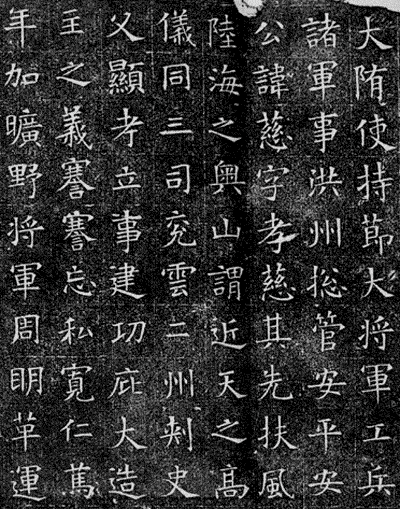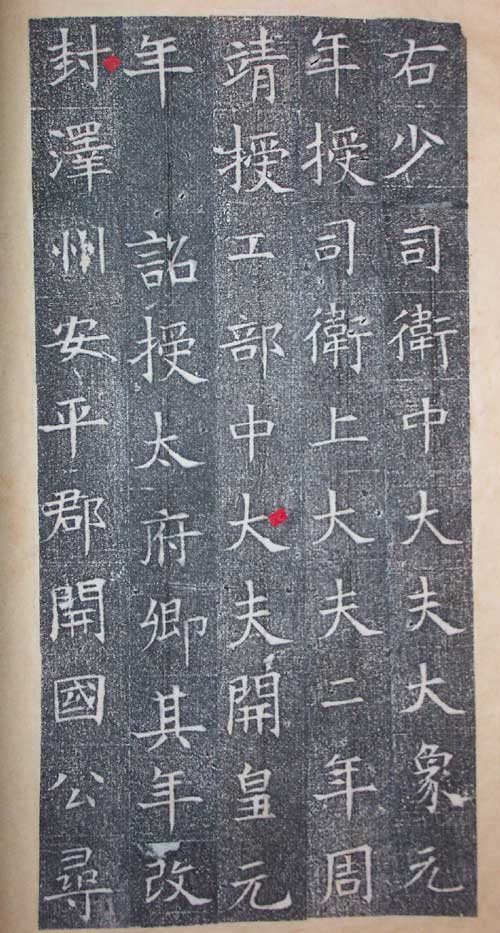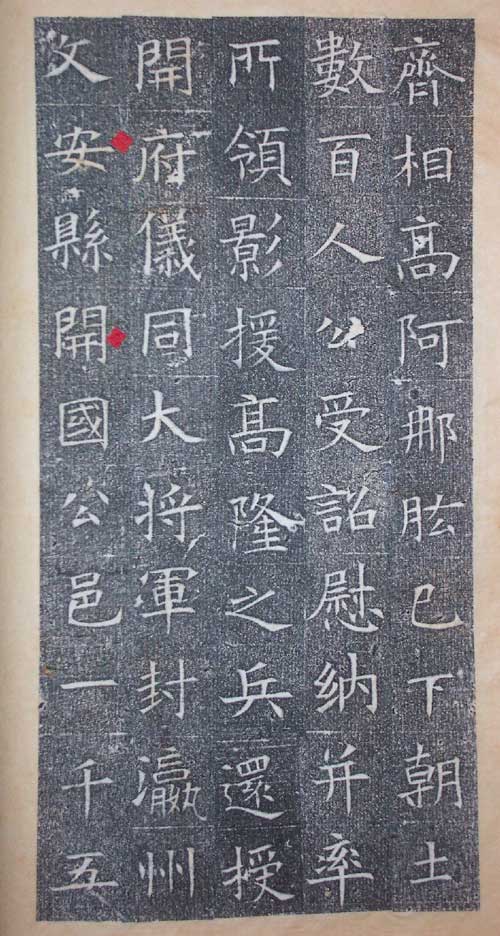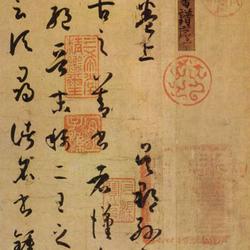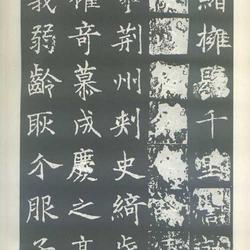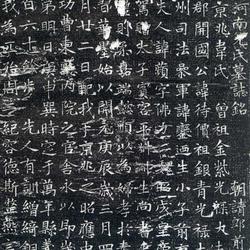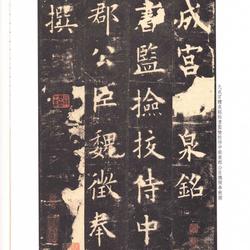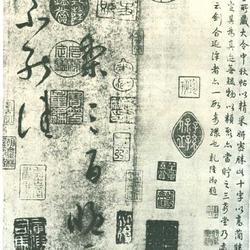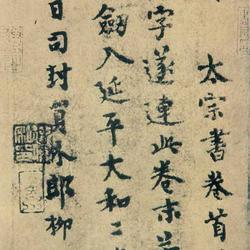"Su Ci's Epitaph" is the "Su Xiaoci's Epitaph", Xiaoci is the character of Su Ci. In the third year of Renshou (603) of Emperor Wen of the Sui Dynasty, the stone was erected. This aspiration has thirty-seven lines, each line has thirty-seven characters. It was unearthed in Pucheng County, Shaanxi Province in the fourteenth year of Guangxu (1888). When this stone was first unearthed, there was no inscription on the rubbings. During the reign of Emperor Guangxu in Wuzi, the county magistrate Zhang Rongsheng carved two lines of inscriptions under the twenty-one lines of the word "日". Later, the inscriptions were chiseled away by Huang Pengnian. Therefore, the stone was unearthed relatively late, so the characters are clear and intact. If you look closely at the regular script of this book, you can see clear and sharp stipples, precise brushstrokes, well-proportioned and beautiful character structure, dignified and peaceful. Except for the slightly flat characters with a hint of the legacy of the Six Dynasties, they are consistent with the characters. The regular script of the Tang Dynasty is very close, and the use of the square pen has been very mature. It is also very similar to "Dong Meiren's Epitaph". It is undoubtedly an excellent model for beginners to learn regular script. Kang Youwei's "Guang Yi Zhou Shuang Ji" commented on this monument: "" "Su Ci Stele" was unearthed in the 13th year of Guangxu's reign. It first entered the world and quickly gained a great reputation. Its neatness and beauty were enough to earn a fortune, and its strokes were intact. It was better than the European stele that had been translated many times. Therefore, Hanlin's writings were broken in vain. "For those who write large scrolls, someone will buy a copy, and the paper will be expensive in Luoyang for a month. Believe it or not, you can take it out." Therefore, the engraver of the stele cut the stone with a chisel, and the meaning of the writing was lost, and the sharpness was too exposed. In addition, the strokes were also shorter. Strong, easy to form what Kang Youwei said when criticizing this stone, "the momentum is weak, and there is no strong and dense image between the lines." Therefore, beginners should pay attention to trying to restore their natural brushwork when writing, so as to avoid the disadvantages of being rigid and superficial. .
Appreciation of works:
